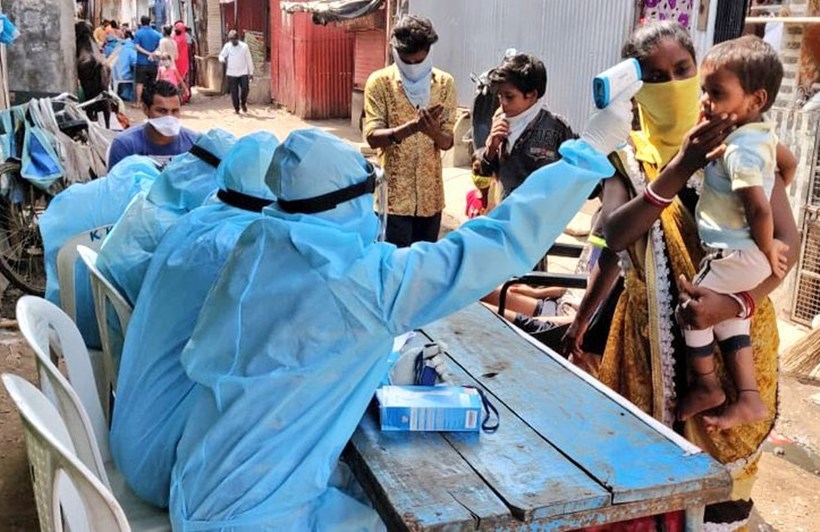Wed 29 July 2020:
More than half the residents of slums in three areas in India’s commercial capital, Mumbai, tested positive for antibodies to the coronavirus, a new survey has found.
India is already the third worst-hit country after the US and Brazil, with nearly 1.5 million cases though experts have previously said the lack of testing could mean the true tally is much higher.
The results are from a random testing of some 7,000 people in three densely packed areas in early July.
Mumbai has reported more than 110,000 cases and 6,187 deaths as of 28 July.
The survey was carried out by the city’s municipality, the government think-tank Niti Aayog and the Tata Institute of Fundamental Research.
It found that 57% of the people tested in slum areas of Chembur, Matunga and Dahisar had been exposed to the novel coronavirus.
Some 1.5 million people live in these three areas located in the western, eastern and central parts of the city.
Scientists involved with the study said that the results pointed to a number of things about the prevalence of the infection in one of India’s worst-hit cities.
For one, the virus has spread more widely than what was earlier believed in the city’s slums, where more than half of Mumbai’s 12.5 million people live.
It’s also far higher than what has been found in other big cities in similar surveys.
Think your friends would be interested? Share this story!





